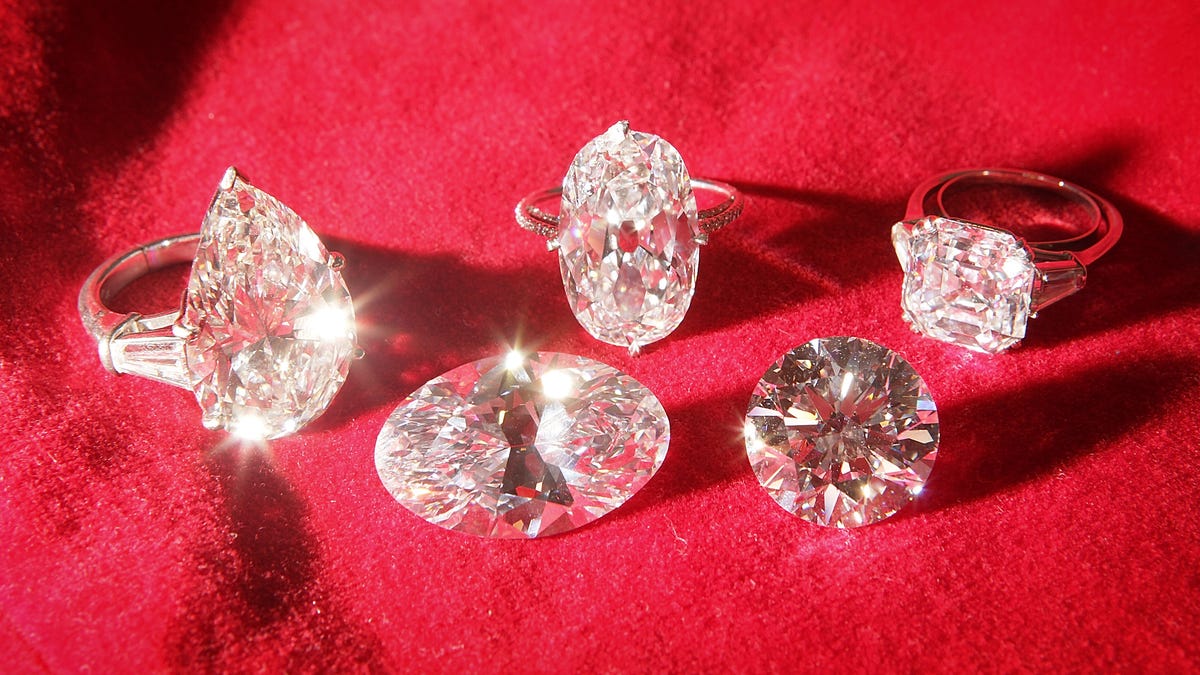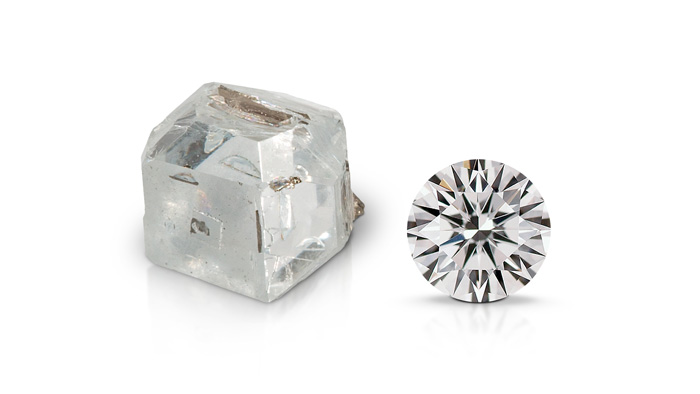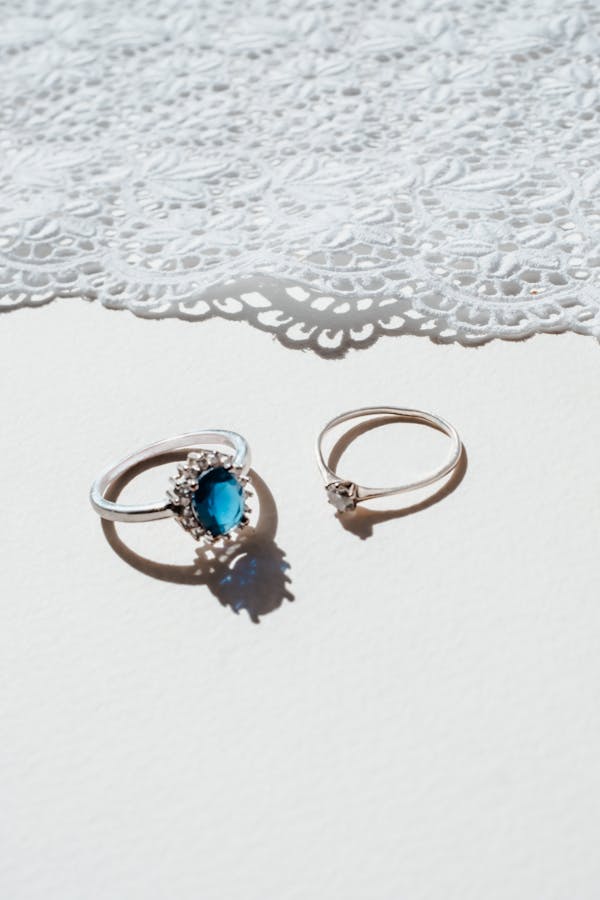Introduction
Diamonds have long been cherished as symbols of love, elegance, and sophistication. However, the traditional allure of diamonds is being challenged as consumers seek more ethical, affordable, and sustainable alternatives. In this article, we delve into the realm of diamond substitutes, exploring their growing popularity, characteristics, and the impact they have on the jewelry industry.
The Rise of Diamond Substitutes
The increasing awareness of ethical concerns surrounding traditional diamond mining practices has led consumers to seek alternatives that align with their values. Additionally, the desire for more affordable options without compromising beauty has fueled the demand for diamond substitutes.
Understanding Diamond Substitutes
Lab-Grown Diamonds
Lab-grown diamonds, also known as synthetic or cultured diamonds, are created in controlled environments that replicate the natural diamond-growing process. These diamonds exhibit the same chemical and optical properties as natural diamonds but are typically more affordable.
Moissanite
Moissanite, a naturally occurring silicon carbide, has emerged as a popular alternative to diamonds due to its brilliance, hardness, and affordability. While not identical to diamonds, moissanite possesses similar optical properties, making it a compelling choice for consumers seeking value and beauty.
White Sapphire
White sapphire, a type of corundum, offers a colorless appearance reminiscent of diamonds. While slightly less brilliant than diamonds, white sapphire provides an elegant alternative for those prioritizing affordability and durability.
The Benefits of Choosing Diamond Substitutes
Affordability
One of the primary advantages of diamond substitutes is their affordability. Compared to natural diamonds, lab-grown diamonds, moissanite, and white sapphire are significantly less expensive, allowing consumers to enjoy the beauty of gemstones without the hefty price tag.
Ethical Considerations
Diamond substitutes offer a more ethical choice for conscientious consumers. Unlike traditional diamond mining, which may involve environmental degradation and human rights violations, lab-grown diamonds and other alternatives are produced in controlled environments, minimizing environmental impact and ensuring ethical labor practices.
Sustainability
The sustainability of diamond substitutes is another key factor driving their popularity. With growing concerns about the ecological footprint of diamond mining, many consumers are turning to alternatives that are more environmentally friendly. Lab made diamonds, in particular, require fewer resources and have a lower carbon footprint than mined diamonds.
Overcoming Misconceptions
Quality and Beauty
One common misconception about diamond substitutes is that they lack the quality and beauty of natural diamonds. However, advancements in technology have enabled lab-grown diamonds, moissanite, and other alternatives to closely mimic the appearance and brilliance of natural diamonds, making them indistinguishable to the naked eye.
Durability
Another misconception is that diamond substitutes are less durable than natural diamonds. While it’s true that some alternatives may have slightly different properties, such as hardness or scratch resistance, lab-grown diamonds, moissanite, and white sapphire are all durable gemstones suitable for everyday wear.
Conclusion: Embracing Innovation in the Jewelry Industry
In conclusion, the growing popularity of diamond substitutes reflects a shift in consumer preferences towards more ethical, affordable, and sustainable options. Whether it’s lab-grown diamonds, moissanite, or white sapphire, these alternatives offer beauty, quality, and value without the ethical and environmental concerns associated with traditional diamond mining. As technology continues to advance, the distinction between natural and synthetic gemstones will become increasingly blurred, paving the way for a more inclusive and sustainable future in the jewelry industry.





More Stories